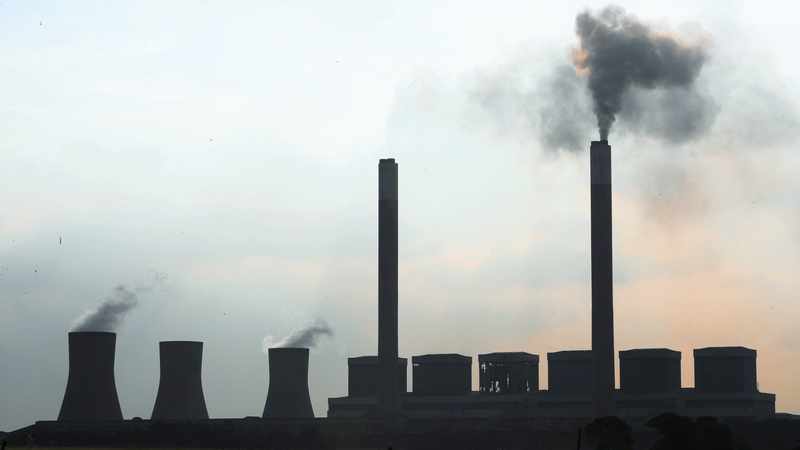
Pretoria – As the world, and stakeholders in the climate change sector, count the months down to COP26, the sustainability of lives in communities to be affected by changes is top of mind.
In South Africa, the movement aims to to ensure the effects of climate change are minimal and it says people who are participating in sectors in the firing line must not be left to suffer.
The British High Commission, in partnership with the National Press Club, held a discussion on the future of communities in Mpumalanga, where coal is produced, and who will be negatively affected by the transition to other energy sources.
Stating that the 26th UN Climate Change Conference of the Parties, to be held in Glasgow in the UK on November 1-12 wanted to ensure no one suffered, speakers said that among focus areas would be the sustainability of these communities to ensure they did not lose their economic lifeline.
UK Acting High Commissioner to South Africa Adam Bye said: “We need to have, top of mind, strategies to avoid the severe effects of climate change on communities, and the severe impact on people and nature.”
He said in recent discussions there had been an increased ambition worldwide to secure the economies of such areas, and countries involved were showing such commitment.
Measures discussed to stop the harsh effects of climate include adopting renewable energy, to replace coal mining, production and distribution.
This comes as South Africa is said to be one of the world’s largest carbon emitters, and one increasingly being viewed as “a pariah that isn’t contributing as much as it could” to the international fight against global warming and climate change.
A lot of countries are moving away from fossil fuel-based electricity, and pressure for South Africa to follow is being exerted as more than half of the carbon and associated greenhouse gas emissions in the country are associated with coal power production.
Of the 15 large coal plants in operation, 12 are located on the plateau regions of Mpumalanga, which, in addition to their contribution to global warming, are also recognised as a major source of air pollution and associated health risk, stakeholders in the fight against the negative effects say.
Satellite images have identified Mpumalanga as the region with some of the highest and most deadly nitrogen dioxide and sulphur dioxide production in the world.
The country has vast coal reserves extracted by cheap open-cast mining, and the almost unlimited supply of this fuel source has encouraged the development of coal-power plants.
By 2010, 90% of South Africa’s electricity was generated from coal, and discussions to ensure the communities there remain sustainable are ongoing.
Trade and Industrial Policy Strategies’ Saul Levin said the views of communities and workers were important, “We don’t just want to transition, but want people who work in power stations and small businesses to be part of it.”
The sectors of people included the miners themselves and their families, catering services, cleaners and others.
“They are a key part of the economy which keeps the Mpumalanga coal and economic industry going, so we must take transition from the ground up. Workers would also like to benefit from economic opportunities, and this is the common thread worldwide. They are concerned that when coal mines close what will happen to them,” he said.
And they wanted to better understand the profile of new jobs and what they could bring to the table. “They need to understand … want to understand what transitioning means and how they, their communities and families will be impacted.”
He said as they conducted discussions on the ground they found that these people understood that they too suffered from carbon emissions, and wanted to be a part of the solutions.
“As countries begin to recover from the coronavirus pandemic, we must take the historic opportunity to tackle climate change at the same time – to build back better, and greener,” said the COP26 hosts.
Pretoria News
Credit IOL